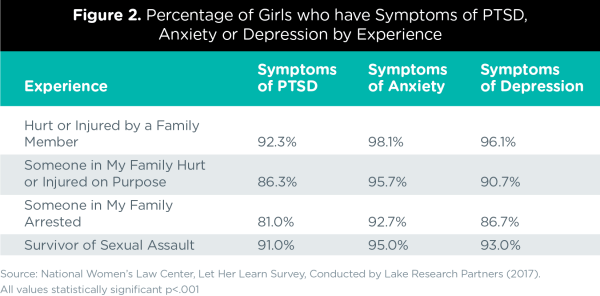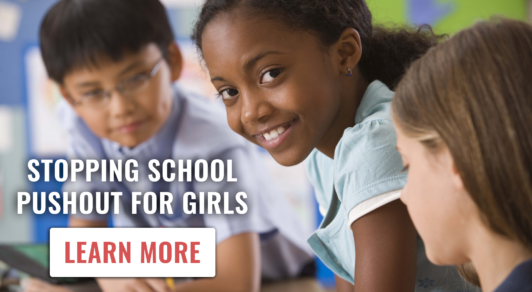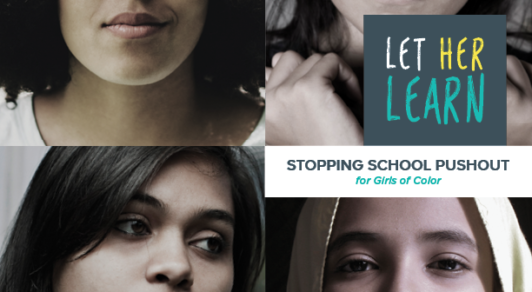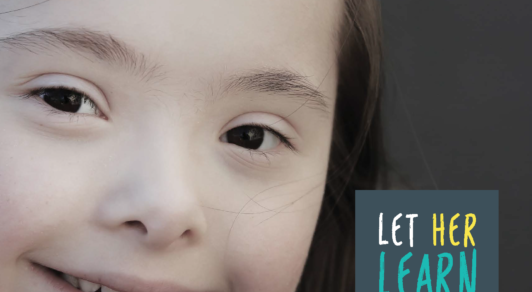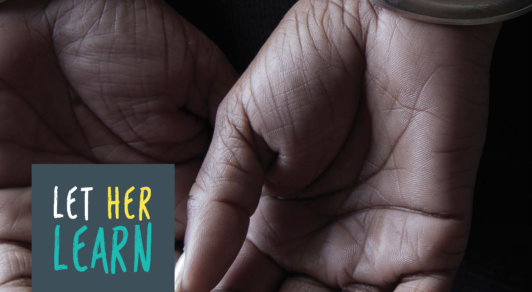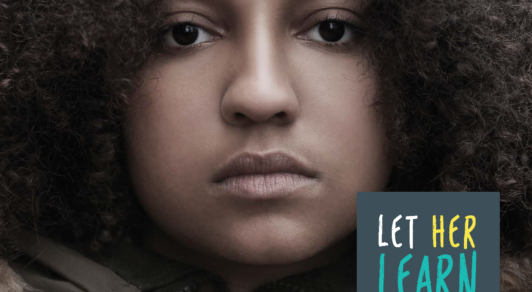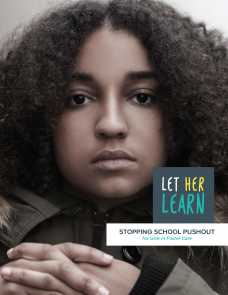 Girls in foster care are among the country’s most disadvantaged students. Disproportionately girls of color, they experience high rates of abuse and sexual violence, are more likely to be young mothers, and are more likely to be involved in the juvenile justice system. They are also at a higher risk for emotional and behavioral problems than their peers who are not in foster care. Not surp
Girls in foster care are among the country’s most disadvantaged students. Disproportionately girls of color, they experience high rates of abuse and sexual violence, are more likely to be young mothers, and are more likely to be involved in the juvenile justice system. They are also at a higher risk for emotional and behavioral problems than their peers who are not in foster care. Not surp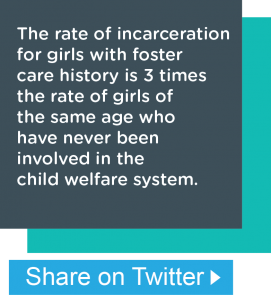 risingly, these problems translate into poorer academic opportunities and outcomes. Girls in foster care experience frequent residential and school changes that affect their ability to stay in school. In particular, Black girls are 22.9 percent of the girls in foster care but are the largest group, or 35.6 percent, of girls experiencing more than 10 residential placements. In addition, girls in foster care lack access to early childhood education and special education services, and have higher discipline rates, lower achievement rates, and lower graduation rates. Policymakers, schools, and communities can make a difference in these girls’ lives by ensuring that they receive the attention and supports they need to succeed in school. This report will provide an overview of the experience of girls in foster care, explore the educational barriers they face, and offer recommendations to increase access to quality education for girls who are or have been in foster care.
risingly, these problems translate into poorer academic opportunities and outcomes. Girls in foster care experience frequent residential and school changes that affect their ability to stay in school. In particular, Black girls are 22.9 percent of the girls in foster care but are the largest group, or 35.6 percent, of girls experiencing more than 10 residential placements. In addition, girls in foster care lack access to early childhood education and special education services, and have higher discipline rates, lower achievement rates, and lower graduation rates. Policymakers, schools, and communities can make a difference in these girls’ lives by ensuring that they receive the attention and supports they need to succeed in school. This report will provide an overview of the experience of girls in foster care, explore the educational barriers they face, and offer recommendations to increase access to quality education for girls who are or have been in foster care.
